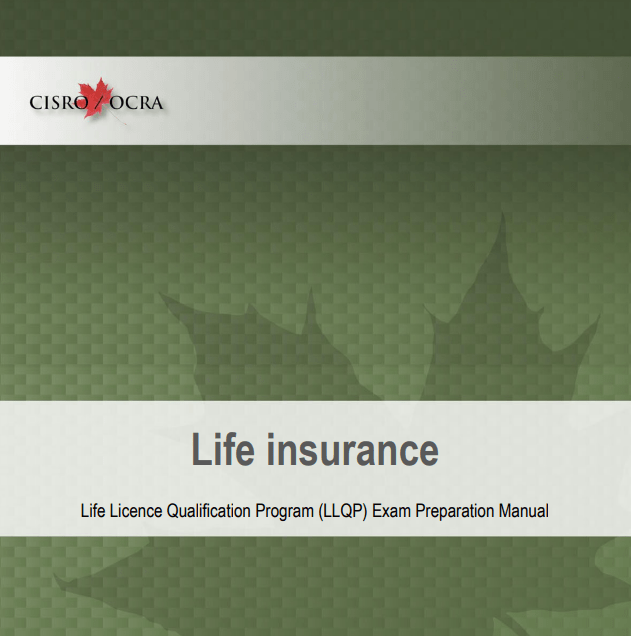Chapter 21: Mortgage Remedies
July 17, 2023
- Failure to perform his or her mortgage obligations, including any of the covenants contained in the Standard Charge Terms.
- The Power of Sale process.
- The Mortgages Act, R.S.O. 1990, c.M.40.
- The Borrower defaults
- The Lender serves notice
- The Borrower has a redemption period
- The Lender takes possession of the property
- The Lender sells the property
- In a Power of Sale the Borrower receives any profit from the sale and is liable for any shortfall. In a Foreclosure the Borrower’s rights and obligations to the property are terminated.
- Newfoundland and Labrador
- New Brunswick
- Prince Edward Island, and
- Ontario
- The Lender must provide the Realtor with a Certificate of Power of Sale, proving that the Lender has the legal right to sell the property. A schedule must also be attached to the Agreement of Purchase and Sale, entitled the Seller Selling Under Power of Sale.
- In payment of all expenses involved in the sale of the property, including the Realtor’s fee, legal fees, etc.
- In payment of all interest and costs associated with the mortgage involved in the Power of Sale
- In payment of the principal balance outstanding on the mortgage involved in the Power of Sale
- In payment to any additional encumbrancers such as mortgage holders and others who had an interest in the property
- Payment of rental deposits made by any tenants, if applicable
- Any monies remaining must be paid to the mortgagor
- While a Power of Sale is the most common remedy in Ontario and can be commenced after 15 days of default, most Lenders will not seek this remedy immediately. In most cases the process will begin with a letter sent from the Lender’s collection department advising the Borrower of the default and requesting that the missed payment be sent to the Lender immediately. The Lender may also require the Borrower to pay a non-sufficient funds (NSF) fee and may also require the Borrower to pay an administrative fee.
- If this letter does not obtain the desired results, the Lender may then use a Demand Letter, which is a letter sent from the Lender’s Lawyer demanding the payment of the outstanding amount. If neither of these remedies is successful, the Lender will then proceed with the Power of Sale process.
- Additional remedies include:
- Quit Claim
- Appointment of a Receiver
- Assignment of rents
- Action on the Covenant
- A judicial sale and foreclosure are similar in nature. The main difference between a judicial sale and a foreclosure is that the courts are handling the sale in a judicial sale, whereas in a foreclosure, the lender obtains ownership of the property and sells it.
- Alberta
- British Columbia
- Manitoba
- Nova Scotia
- Quebec, and
- Saskatchewan
- A transfer by the borrower of ownership to the lender in exchange for releasing the borrower from any further liability.
- Appointment of a Receiver: Typically used in commercial properties where there is business or rental income generated by the property, the lender applies to the Court for appointment of a receiver. Once appointed, the receiver will collect and administer the income generated by the commercial property, paying expenses, including the mortgage payments.
- Assignment of rents: A clause written into the Standard Charge Terms, allows the lender to collect rent form tenants of the mortgage property, while the mortgage is in default
- This refers to a lender’s right to immediately sue a borrower for the missed mortgage payment





